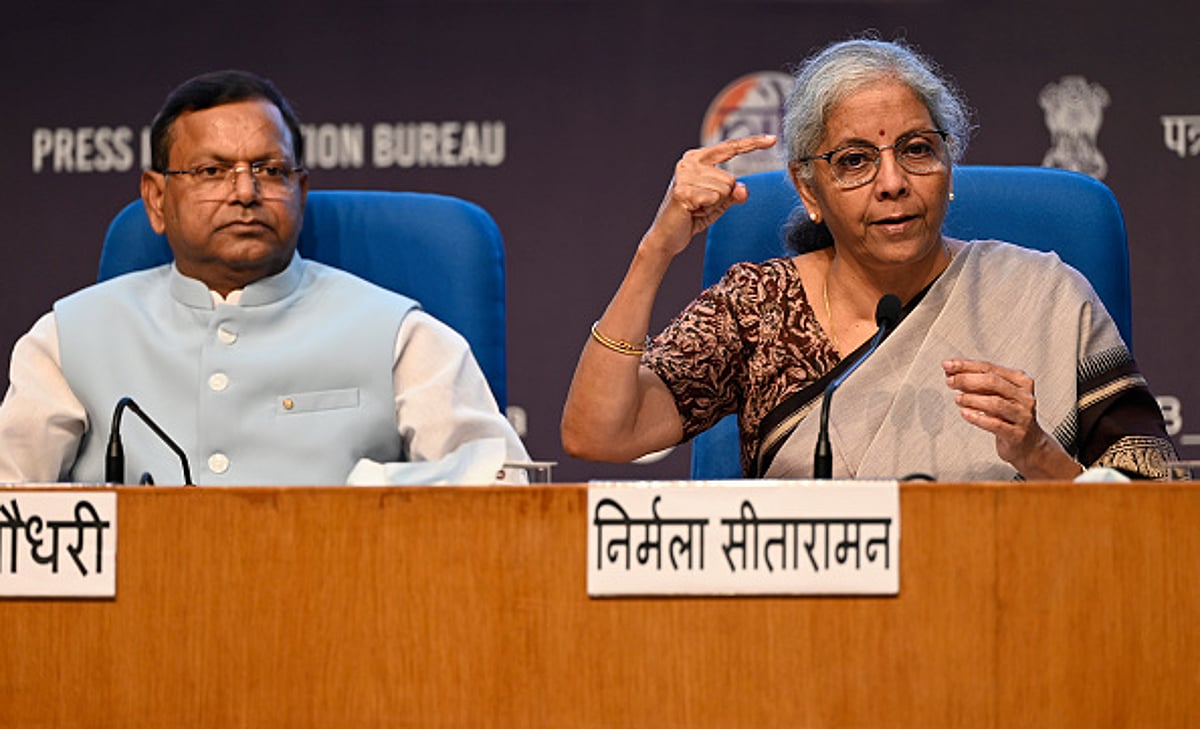Beyond Stablecoins: Why the Layer-1 Battle Will Shape the Future of Finance
2025-08-17

Forbes
The ongoing debate surrounding Layer-1 infrastructure in the Decentralized Finance (DeFi) space is far more significant than just stablecoins. It's a pivotal battle for the very future of finance, determining who will control the underlying platforms that power innovation. Can existing players like Circle and Stripe rise to the challenge and provide the necessary infrastructure? Or will the responsibility fall to tech giants, governments, or a completely new entity? This article explores the key players, the challenges, and the potential outcomes of this crucial Layer-1 showdown.
The Rise of DeFi and the Layer-1 Bottleneck
Decentralized Finance (DeFi) has exploded in popularity, offering a compelling alternative to traditional financial systems. However, DeFi's growth is heavily reliant on the underlying Layer-1 blockchains – the foundational infrastructure that processes transactions and secures the network. While Ethereum has been the dominant player, its limitations, particularly high transaction fees and scalability issues, have created a bottleneck. This has spurred a flurry of activity as various entities race to establish themselves as the go-to Layer-1 solution for DeFi.
Circle and Stripe: Can They Deliver?
Circle, known for its USD Coin (USDC) stablecoin, and Stripe, a leading payment processor, are two companies frequently mentioned in the Layer-1 discussion. Their existing infrastructure and expertise in financial services position them as potential contenders. Circle's experience with stablecoins provides a deep understanding of regulatory hurdles and compliance requirements, while Stripe's payment processing capabilities offer a familiar framework for integrating with traditional finance. However, both face significant challenges. Building a robust, decentralized, and scalable Layer-1 blockchain is a complex undertaking, requiring specialized expertise beyond their core competencies. Furthermore, their for-profit status and potential conflicts of interest could raise concerns within the DeFi community, which values decentralization and trustlessness.
The Big Tech and Government Factor
Alternatively, the Layer-1 infrastructure could be dominated by Big Tech companies or even governments. Tech giants possess vast resources, engineering talent, and established user bases, allowing them to rapidly develop and deploy Layer-1 solutions. However, their history of centralized control and data harvesting raises concerns about censorship and privacy within the DeFi ecosystem. Governments, on the other hand, could leverage blockchain technology to modernize their financial systems and improve efficiency. However, their involvement could also lead to increased regulation and restrictions on DeFi innovation.
The Need for a Decentralized Solution
Ultimately, the most desirable outcome is a decentralized Layer-1 solution—one that is open-source, permissionless, and governed by the community. This would ensure that DeFi remains truly decentralized and resistant to censorship. Several promising projects are already emerging, focusing on scalability, security, and interoperability. These projects often utilize innovative consensus mechanisms and sharding techniques to improve performance.
The Future of Finance is at Stake
The Layer-1 battle is not just a technical competition; it's a philosophical one. It's about defining the future of finance – whether it will be controlled by centralized entities or remain a decentralized, community-driven ecosystem. The choices we make in the coming years will have profound implications for the accessibility, transparency, and innovation within the financial system. The winner of this Layer-1 showdown will not only shape the future of DeFi but also influence the broader financial landscape for decades to come.






